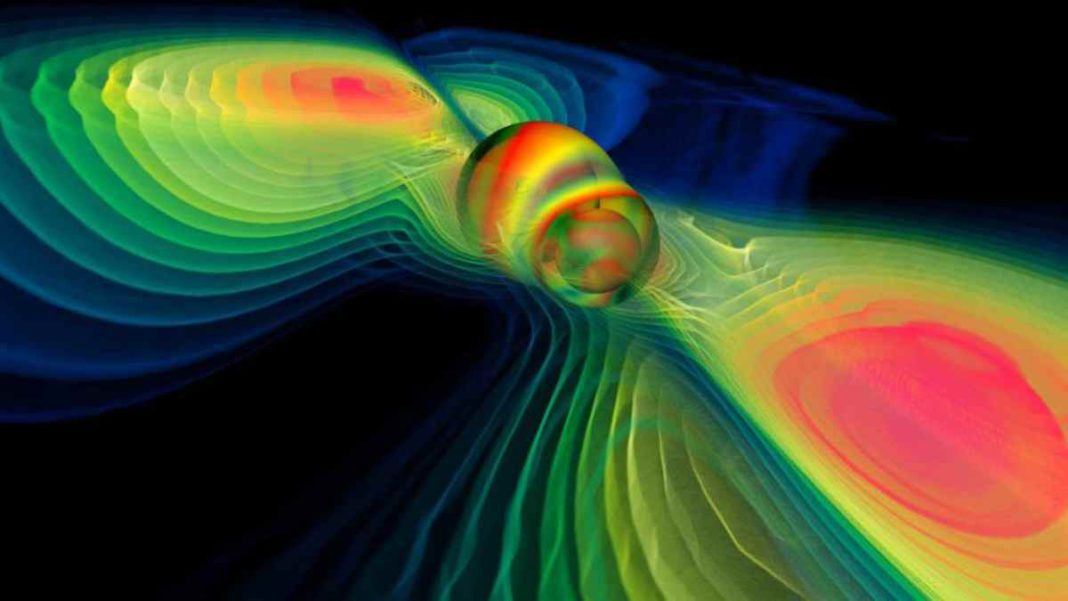INDIA: In a groundbreaking discovery, a team of researchers from the Indian Institute of Technology Hyderabad (IIT-H) has provided compelling evidence for the existence of ultra-low-frequency (ULF) gravitational waves.
The findings, published in the esteemed Astronomy and Astrophysics journal, shed light on the cosmic dance of colossal black hole pairs, each surpassing a million times the mass of the Sun.
Led by Dr. Shantanu Desai from the Department of Physics and the Department of AI at IIT-H, the research team embarked on an extensive analysis of pulsar data spanning a remarkable 25-year period.
This meticulous investigation was made possible through the collaboration of six of the world’s largest radio telescopes, including India’s very own uGMRT, the largest telescope in the country.
Notably, the leading-edge National Supercomputing Mission facility, Param Seva, located at IIT-H, was crucial in enabling these amazing discoveries.
The team’s composition included the expertise of Aman Srivastava, a dedicated PhD student in physics; Divyansh Kharbanda, a 2023 BTech graduate in Engineering physics; and Swetha Arumugam, a senior BTech student in the Department of Electrical Engineering.
Additionally, Pragna Mamdipaka, another BTech student in Electrical Engineering, actively contributed to the ongoing efforts of the Indian Pulsar Timing Array (InPTA), the consortium responsible for this momentous achievement.
Acknowledging the significance of this discovery and IIT-H’s invaluable contribution, Professor BS Murty, the director of IIT Hyderabad, expressed his elation at the involvement of students from both the Physics and Electrical Engineering streams in this historic breakthrough.
He emphasized the power of collaboration in achieving scientific benchmarking results and lauded the interdisciplinary efforts that made this feat possible.
The InPTA experiment, which brought together researchers from prominent institutions such as NCRA (Pune), TIFR (Mumbai), IIT (Roorkee), IISER (Bhopal), IIT (Hyderabad), IMSc (Chennai), RRI (Bengaluru), and Kumamoto University (Japan), holds immense promise.
The combined data set from InPTA is expected to provide heightened sensitivity, enabling scientists to place constraints on the Gravitational Wave Background (GWB) and gain valuable insights into various phenomena that occurred during the early stages of the universe when it was a mere few seconds old.
This expanded understanding may extend to gravitational waves generated at these extremely long wavelengths. The groundbreaking findings from IIT-H’s research team open new avenues for exploration and deepen our understanding of the cosmos.
As the world continues to unlock the mysteries of the universe, collaborative efforts and cutting-edge technologies like those employed at IIT Hyderabad’s Param Seva facility are poised to drive future breakthroughs that unravel the secrets of the cosmos.
Also Read: NASA Unveils AI Assistant for Astronauts to Communicate with Spacecraft



